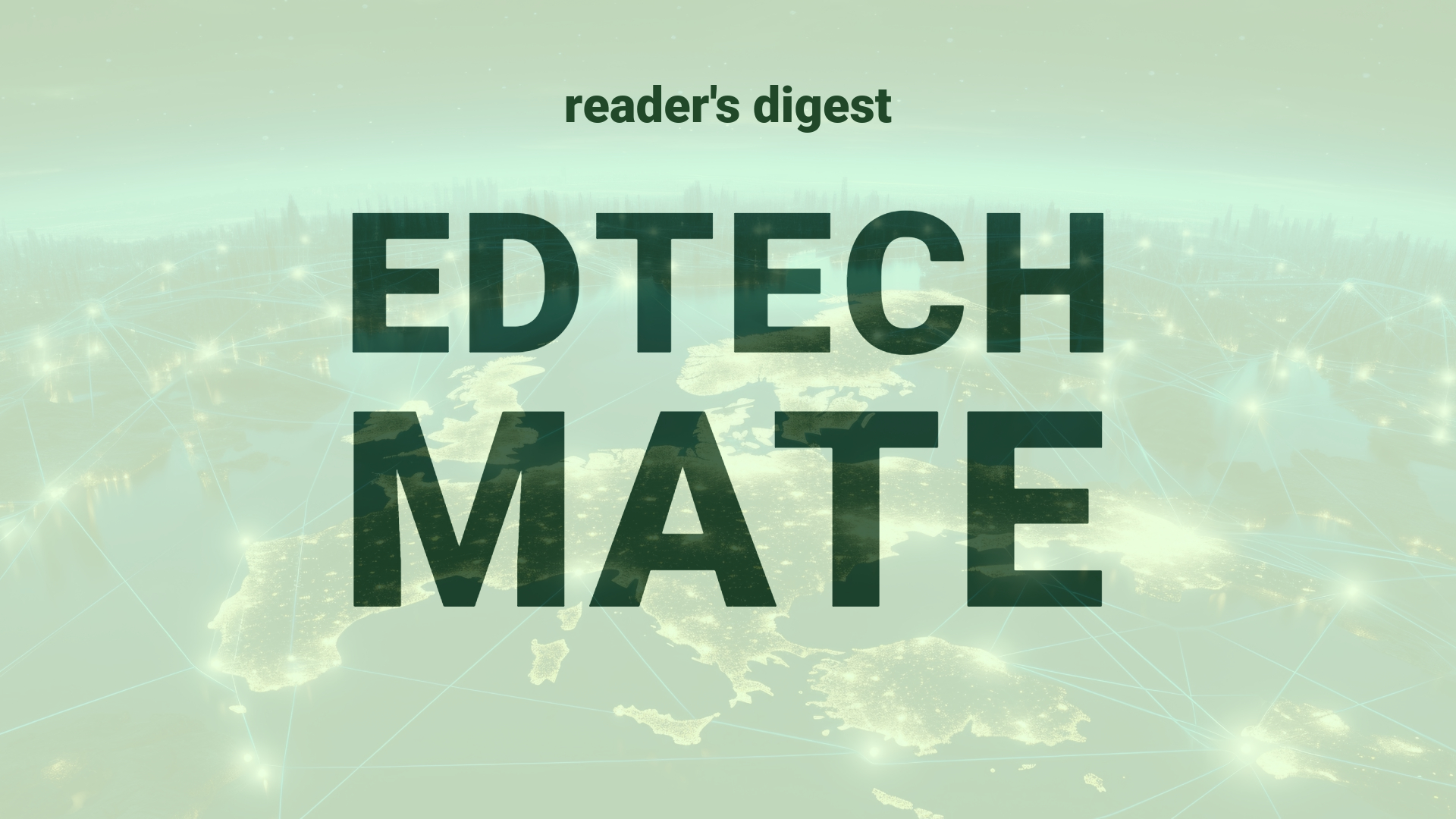Executive Summary and Main Points
In the realm of international education and digital transformation, cyber threats have become a prominent concern due to the increasing integration of emerging technologies and digital dependency. A study by cybersecurity leader Trend Micro, in collaboration with CIO Lounge, surveyed 305 security and risk management executives in Japan, revealing that 56.8% had experienced cyberattacks in the past three years. The survey highlighted ransomware as the most significant financial damage, followed by business email compromise (BEC) and denial of service attacks. As technology advances, cybercriminals are employing more sophisticated and targeted attacks, making cybersecurity a critical agenda for the education sector.
Potential Impact in the Education Sector
With ransomware and phishing attacks as prevalent threats, higher education institutions are urged to bolster their cybersecurity frameworks. The integration of AI, particularly in automated orchestration tools, could streamline administrative and learning processes but also poses risks if not secured properly. For further education, the focus on safeguarding digital assets becomes paramount as these technologies take hold. The proliferation of micro-credentials, relying heavily on cloud-based systems, introduces vulnerabilities in data management, thus necessitating strategic partnerships with cybersecurity experts to protect sensitive educational resources.
Potential Applicability in the Education Sector
Foreseeing a sharp rise in cyber threats, particularly in the cloud, AI, and blockchain domains, the education sector can leverage these technological advancements to improve service delivery and operational efficiency. However, they must be implemented with robust cybersecurity measures. AI-powered tools promise to enhance personalized learning and automate routine tasks. Meanwhile, blockchain’s distributed ledger technology can revolutionize credential verification, making micro-credentialing more secure and transparent.
Criticism and Potential Shortfalls
The Trend Micro report unveils vulnerabilities within the rapidly evolving technological landscape that the education sector may struggle to keep pace with. International case studies show that even prominent educational institutions have succumbed to cyber threats, emphasizing the need for a robust cybersecurity culture. While AI and cloud services offer numerous benefits, ethical concerns arise over data privacy and the potential for technology to exacerbate existing inequalities in educational access across different cultural contexts.
Actionable Recommendations
International education leaders are recommended to enhance their cybersecurity posture through continuous professional development in digital literacy for their staff, embracing cutting-edge security technologies such as CSPM and XDR. Institutions should prioritize a Zero Trust architecture and Security by Design principles from the onset of deploying any new technology. Close collaborations with cybersecurity entities and the incorporation of simulations into cybersecurity education can further strengthen institutional preparedness against cyber threats.
Source article: https://www.cio.com/article/1313453/%EF%BC%92%EF%BC%90%EF%BC%92%EF%BC%94%E5%B9%B4%E3%82%B5%E3%82%A4%E3%83%90%E3%83%BC%E6%94%BB%E6%92%83%E6%9C%80%E5%89%8D%E7%B7%9A%E3%80%80%E3%81%9D%E3%81%AE%E8%84%85%E5%A8%81%E3%81%A8%E5%AF%BE%E7%AD%96.html

